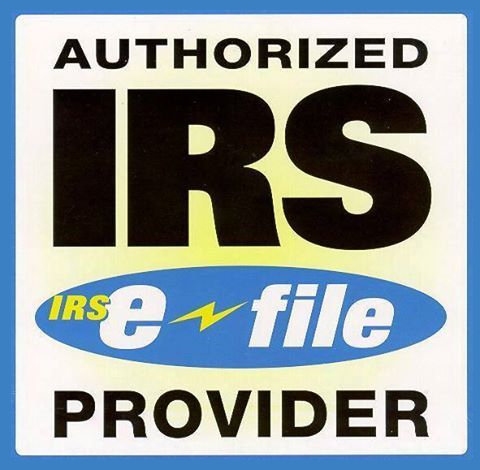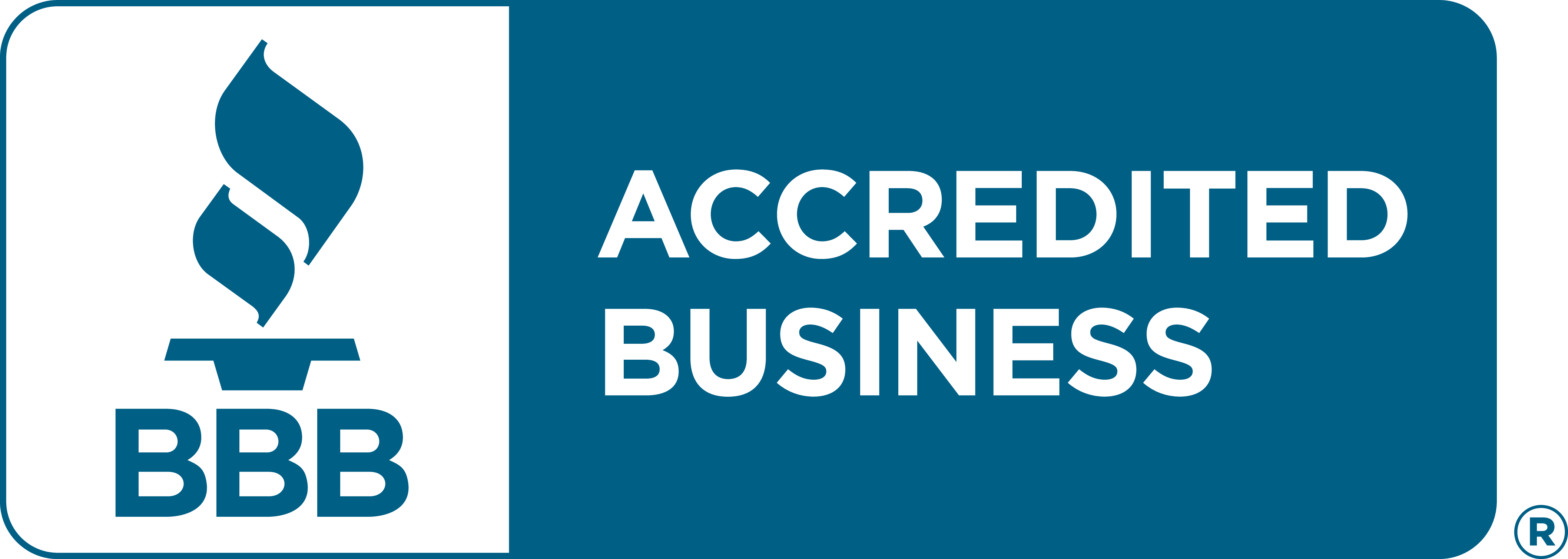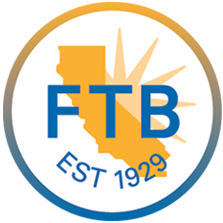IRS Form 4797 Sales of Business Property
Excise Tax Forms
Employment Tax Forms
Information Returns
Exempt Org. Forms
Extension Forms
FinCEN BOIR
General
When a business sells, exchanges, or disposes of property used for trade or investment, the IRS requires the transaction to be reported on Form 4797, Sales of Business Property. This includes gains and losses from the sale of real estate, equipment, or other depreciable assets, and even involuntary conversions due to theft or casualty.
Form 4797 helps you determine whether the resulting gain or loss is ordinary or capital, how depreciation recapture applies, and how to correctly report it with your main business tax return.
Using Form 4797, businesses can:
- Report sales or exchanges of business-use assets
- Recognize gains from depreciable property under Section 1245 or 1250
- Record involuntary conversions (e.g., fire, theft, condemnation)
- Transfer results to Form 1120-S, Form 1065, or Schedule D (Form 1040)
Proper completion ensures your business accurately reports taxable events and stays compliant with IRS rules.
What Is IRS Form 4797?
IRS Form 4797 is used to report the sale or disposition of business property, including real estate and depreciable assets. It helps the IRS identify taxable gains, allowable losses, and depreciation recapture amounts when business property changes hands.
Common Transactions Reported on Form 4797
- Sale of machinery, buildings, or vehicles used for business
- Exchanges under Section 1031 (like-kind exchanges)
- Involuntary conversions (fire, theft, natural disaster)
- Gain from the sale of rental or investment property
- Depreciation recapture for assets reported on Form 4562
Why Form 4797 Matters
1. Accurate Gain/Loss Reporting
It ensures that your business correctly distinguishes ordinary income, capital gain, or recaptured depreciation, preventing IRS mismatches.
2. IRS Compliance
Improperly reporting asset sales or ignoring depreciation recapture can trigger audits or result in penalties.
3. Tax Optimization
Knowing how to classify gains (ordinary vs. capital) can influence your tax liability and future deductions.
Who Must File Form 4797?
You must file Form 4797 if, during the tax year, your business:
- Sold or exchanged property used for business purposes
- Claimed depreciation on assets now sold or disposed
- Reported Section 1231 gains or losses
- Experienced involuntary conversion (e.g., theft, condemnation)
- Transferred depreciable property to another entity
Entities Required to File
| Entity Type | Return Form | 4797 Attachment Required |
|---|---|---|
| S Corporation | Form 1120-S | Yes, if property was sold or exchanged |
| C Corporation | Form 1120 | Yes, if reporting gains or losses on business property |
| Partnership | Form 1065 | Yes, for asset dispositions |
| Sole Proprietor | Schedule C (Form 1040) | Yes, if selling business-use assets |
| Rental Real Estate Entity | Form 8825 | Yes, for sale of rental buildings or land |
Learn how to report rental income and property sales using Form 8825
Form 4797 Filing Deadlines
Form 4797 must be filed along with your main tax return:
Learn how to extend your business tax filing using Form 7004
Step-by-Step Breakdown of IRS Form 4797
Form 4797 is divided into four parts, each focusing on a different type of property transaction.
Part I: Sales or Exchanges of Property Used in a Trade or Business (Section 1231)
Purpose:
To report gains or losses on property used in your business held longer than one year.
Example:
If you sell an office building used for business for $500,000 with an adjusted basis of $350,000, the $150,000 gain is reported in Part I as a Section 1231 gain.
- Gains may qualify for favorable capital gain treatment. Enter the
- Losses are treated as ordinary losses, reducing taxable income.
Part II: Ordinary Gains and Losses (Section 1245 and 1250 Property)
Purpose:
To calculate depreciation recapture on property where depreciation or amortization was previously claimed.
Key Sections:
- Section 1245 Property: Tangible personal property like machinery, equipment, or vehicles.
- Section 1250 Property: Real property (buildings) that has been depreciated.
Example:
If a machine cost $50,000, with $30,000 depreciation claimed, and it’s sold for $40,000 —
→ $20,000 of gain is ordinary income (recaptured depreciation),
→ The remaining $10,000 is a Section 1231 gain.
Depreciation details are reported on Form 4562
Part III: Gain from Disposition of Property Under Sections 179 or 280F(b)(2)
Purpose:
To recapture Section 179 deductions previously claimed if the asset’s business use drops below 50% or it’s sold early.
Example:
If you deducted a $10,000 asset under Section 179 and later converted it for personal use, part of that deduction may need to be recaptured and reported here.
Learn more about Section 179 deduction on Form 4562
Part IV: Recapture Amounts Under Sections 179 and 280F(b)(2)
This section reports additional recapture income for business property converted to non-business use, such as vehicles or computers.
Ensure business-use percentages are correctly documented to avoid underreporting.
Special Situations
1. Involuntary Conversions (Fire, Theft, Condemnation)
Report gains or losses when business property is destroyed or seized. In some cases, gains may be deferred if you reinvest in similar property under Section 1033.
2. Installment Sales
If payment for sold property is received over multiple years, use Form 6252 to report the installment method.
Learn about installment sale reporting using Form 6252
3. Like-Kind Exchanges (Section 1031)
If you exchanged business property for similar property, report the transaction using Form 8824, not 4797.
Understand how to report like-kind exchanges on Form 8824
Common Mistakes to Avoid
| Error | Impact |
|---|---|
| Failing to recapture depreciation correctly | Underreported income and IRS penalties |
| Reporting business-use property as capital asset | Incorrect gain/loss classification |
| Omitting prior-year depreciation on sold property | Overstated gain |
| Ignoring Section 1231/1245 rules | Misclassified income |
| Forgetting to include Form 4797 attachment | Rejected or delayed tax filing |
Best Practices for Compliance
- Keep asset purchase, sale, and depreciation records for at least 7 years.
- Verify property’s adjusted basis before calculating gain/loss.
- Reconcile totals with your main return (Form 1120-S, 1065, or Schedule C).
- Use TaxZerone’s guided e-filing to auto-attach Form 4797 when business property is sold or exchanged.
Frequently Asked Questions (FAQs)
1. What transactions are reported on Form 4797?
Sales, exchanges, or involuntary conversions of business-use property, including buildings, vehicles, and machinery.
2. Is Form 4797 used for personal property sales?
No. Only property used in trade, business, or investment activities is reported here.
3. What’s the difference between Section 1231, 1245, and 1250 property?
- Section 1231: Business property held > 1 year.
- Section 1245: Depreciable personal property (equipment, vehicles).
- Section 1250: Depreciable real property (buildings).
4. How does depreciation recapture work?
You must report part of the gain from selling a depreciated asset as ordinary income, not capital gain.
5. Can Form 4797 be e-filed?
Yes, but it must be submitted as an attachment to your main tax return (e.g., Form 1120-S or 1065).












